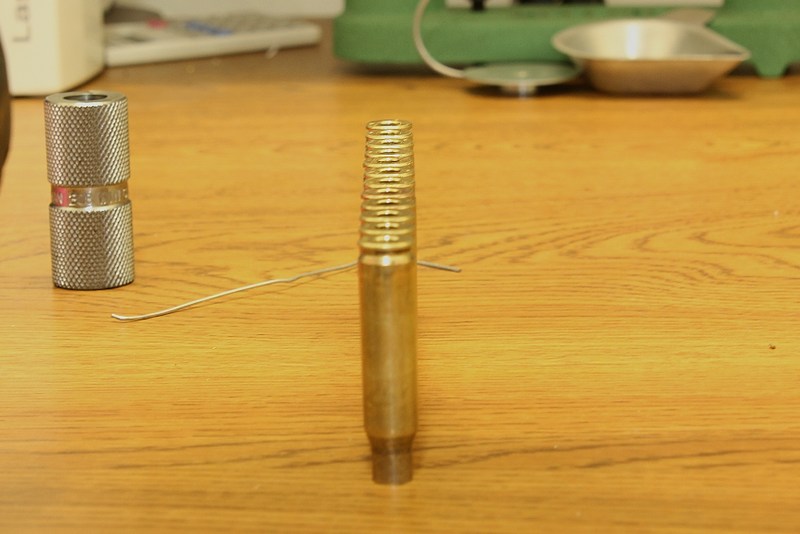AzMandella
Inactive
Just a quick intro here. I am going to start reloading. I have been shooting for 40 yrs since the age of ten. I have been in the steel and machining business for 30 yrs so close tolerance work is nothing new to me. What I want to do is load match quality rifle ammo. And bulk handgun ammo
I have already decided on some equipment but have a few questions. I'm also open to suggestions if my choice of equipment may be improved.
The equipment I have decided on is as listed
Hornaday Iron Press single stage
Bench Grade Powder measure
Tumbler
Balance beam scale
Cam Lock Trimmer
Shell holder set
Reloading Book
Obviously there are other peripheral things I need but my main questions are this.
Should I hand prime or press prime ?
And to start the Brand wars. What brand or mixture of dies would you choose for match grade 5.56 ?
I have already decided on some equipment but have a few questions. I'm also open to suggestions if my choice of equipment may be improved.
The equipment I have decided on is as listed
Hornaday Iron Press single stage
Bench Grade Powder measure
Tumbler
Balance beam scale
Cam Lock Trimmer
Shell holder set
Reloading Book
Obviously there are other peripheral things I need but my main questions are this.
Should I hand prime or press prime ?
And to start the Brand wars. What brand or mixture of dies would you choose for match grade 5.56 ?


